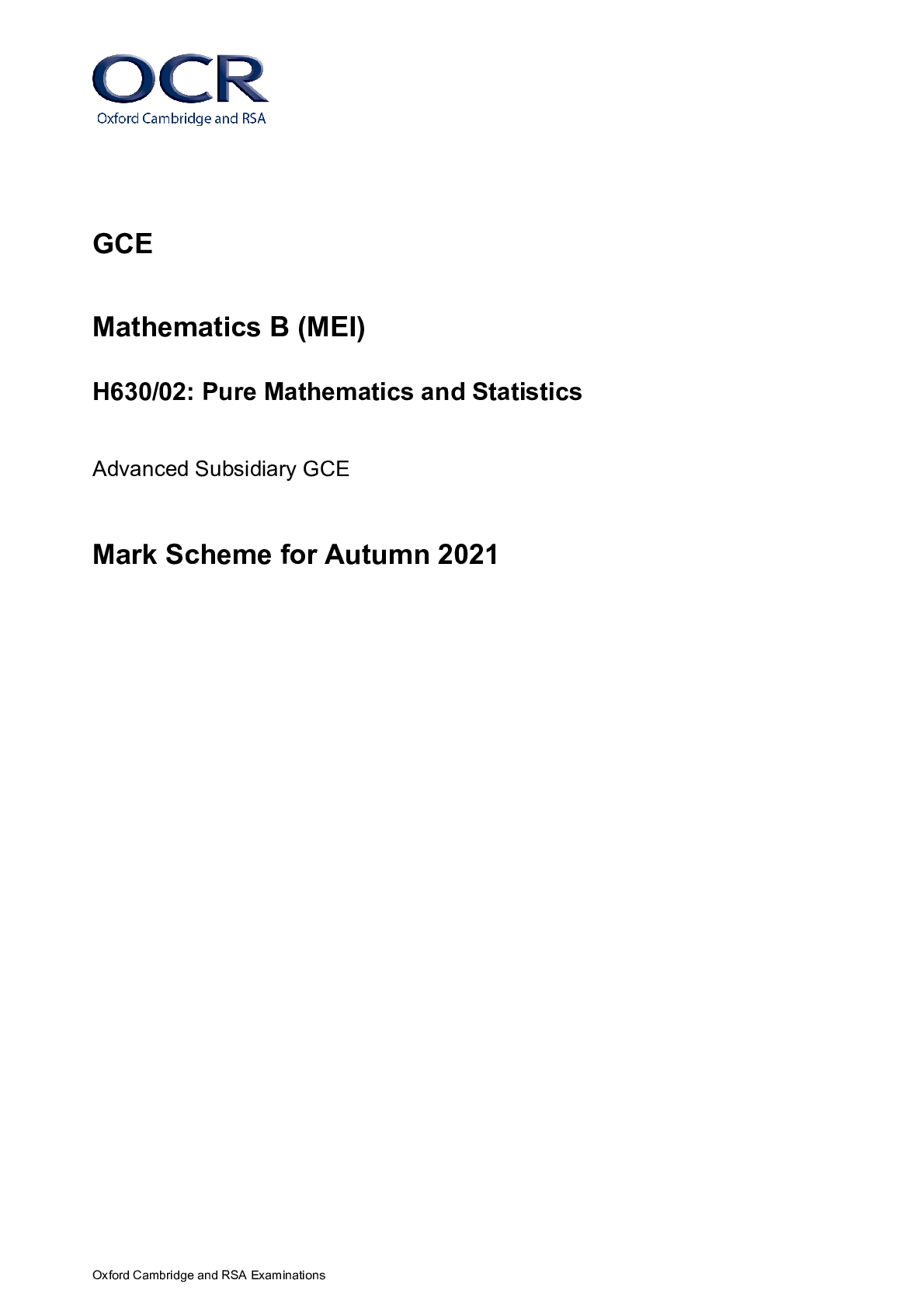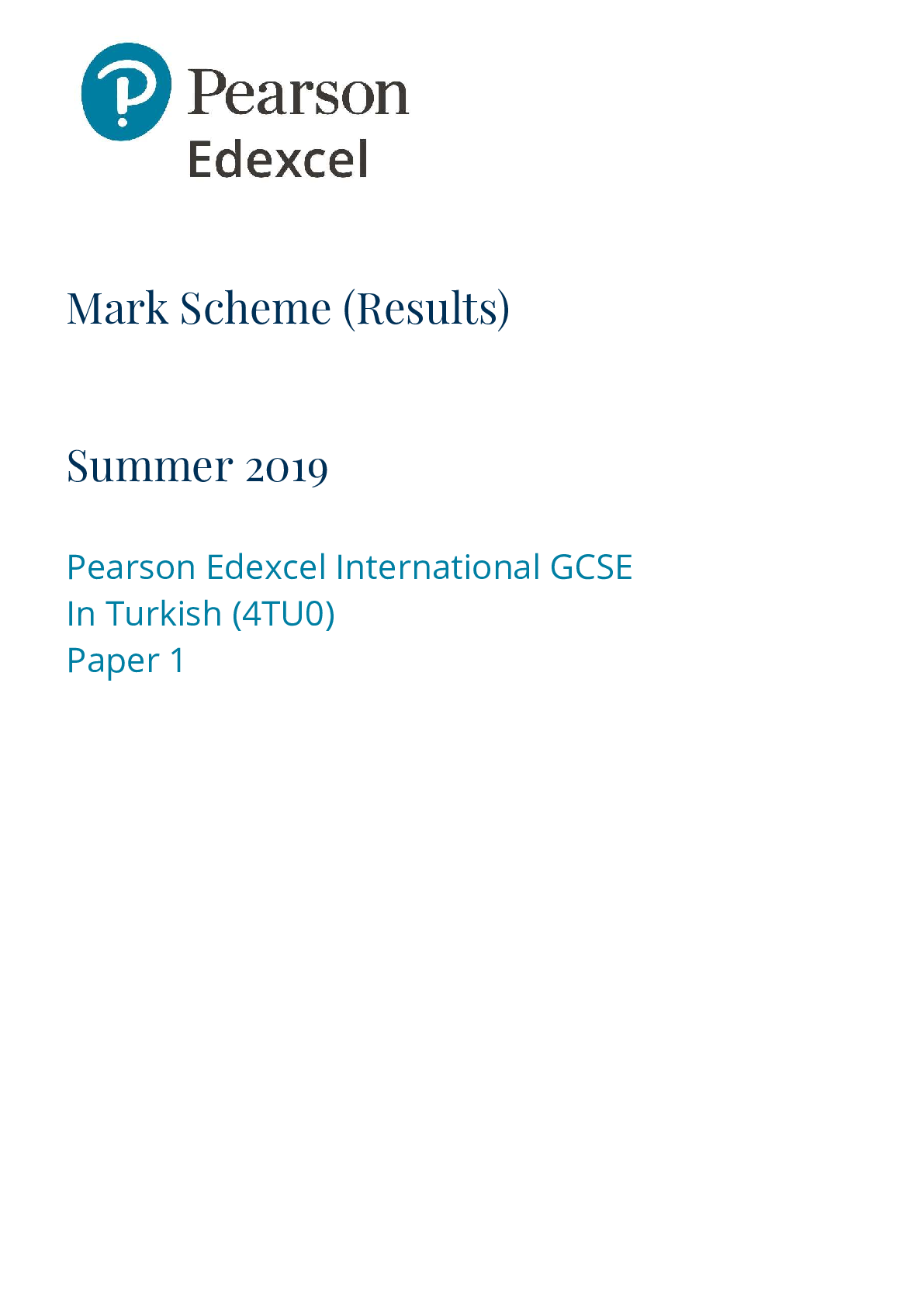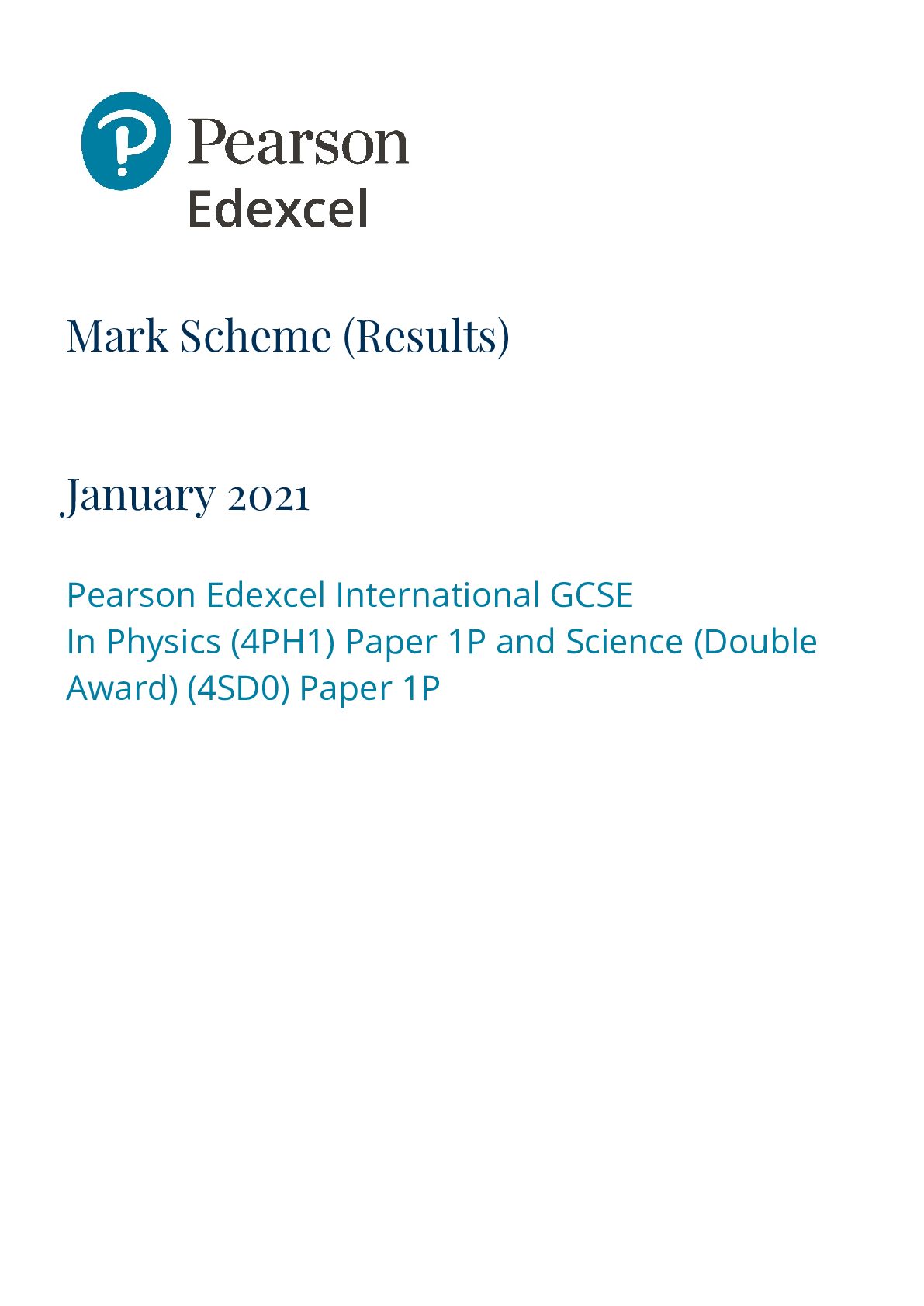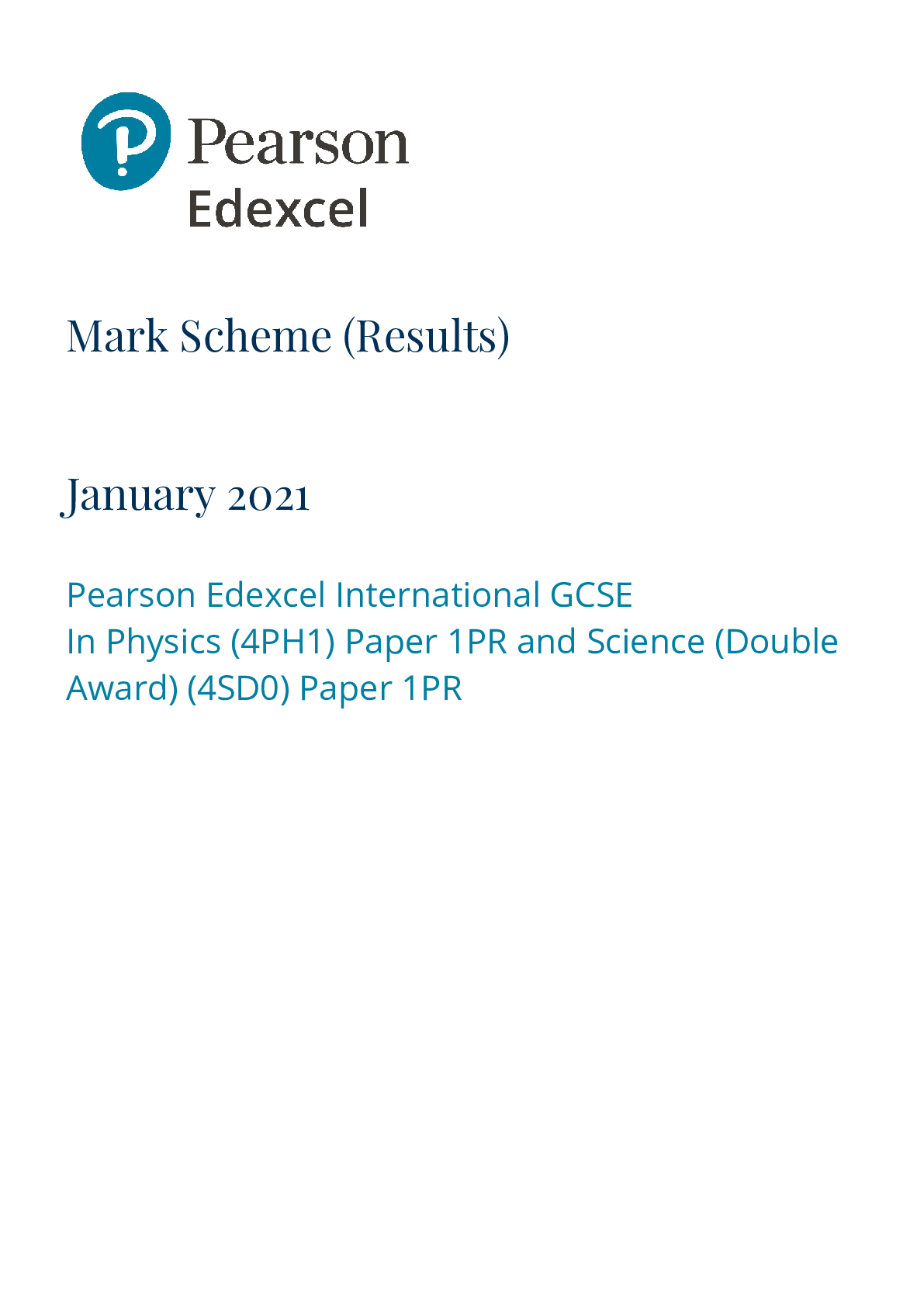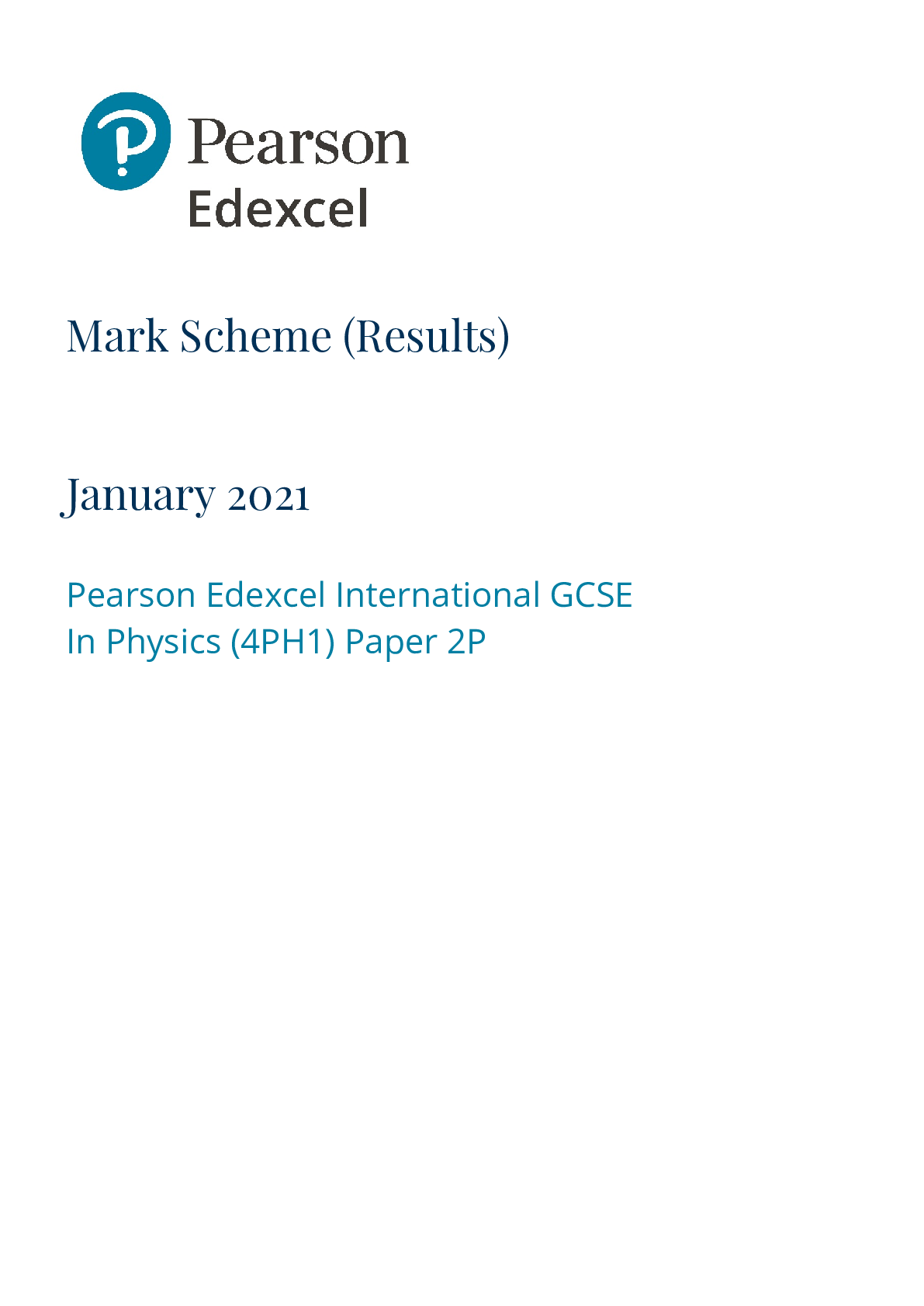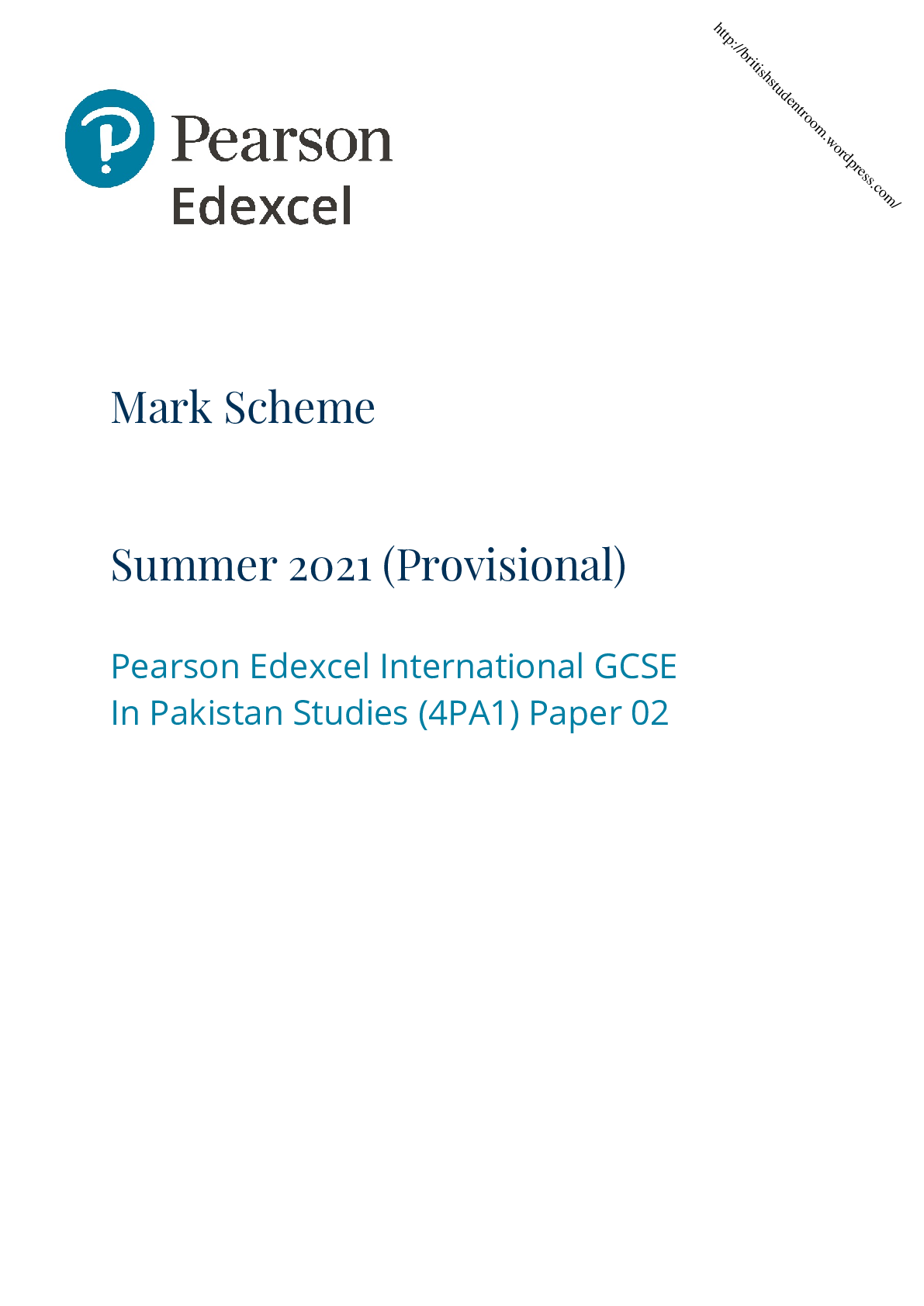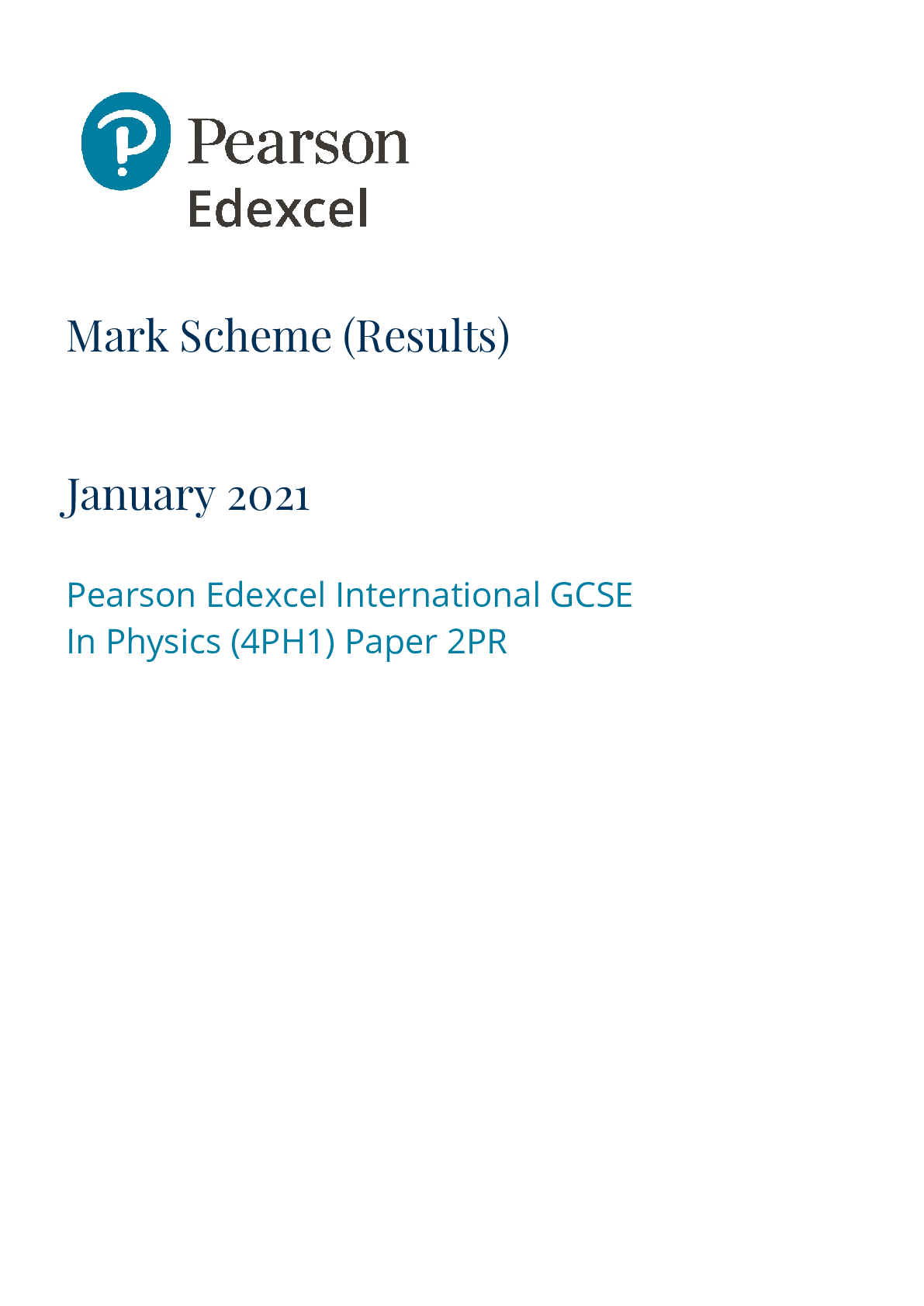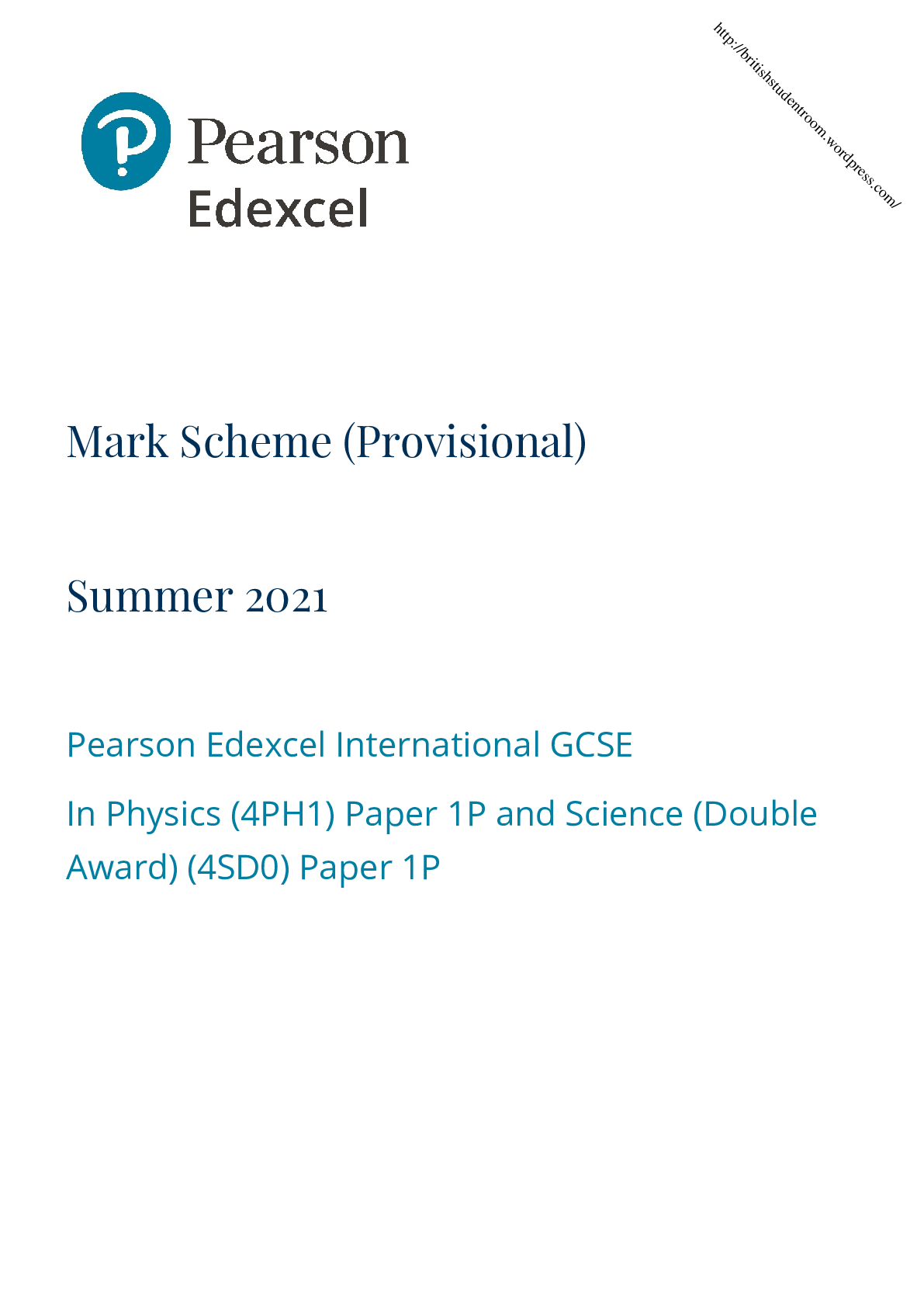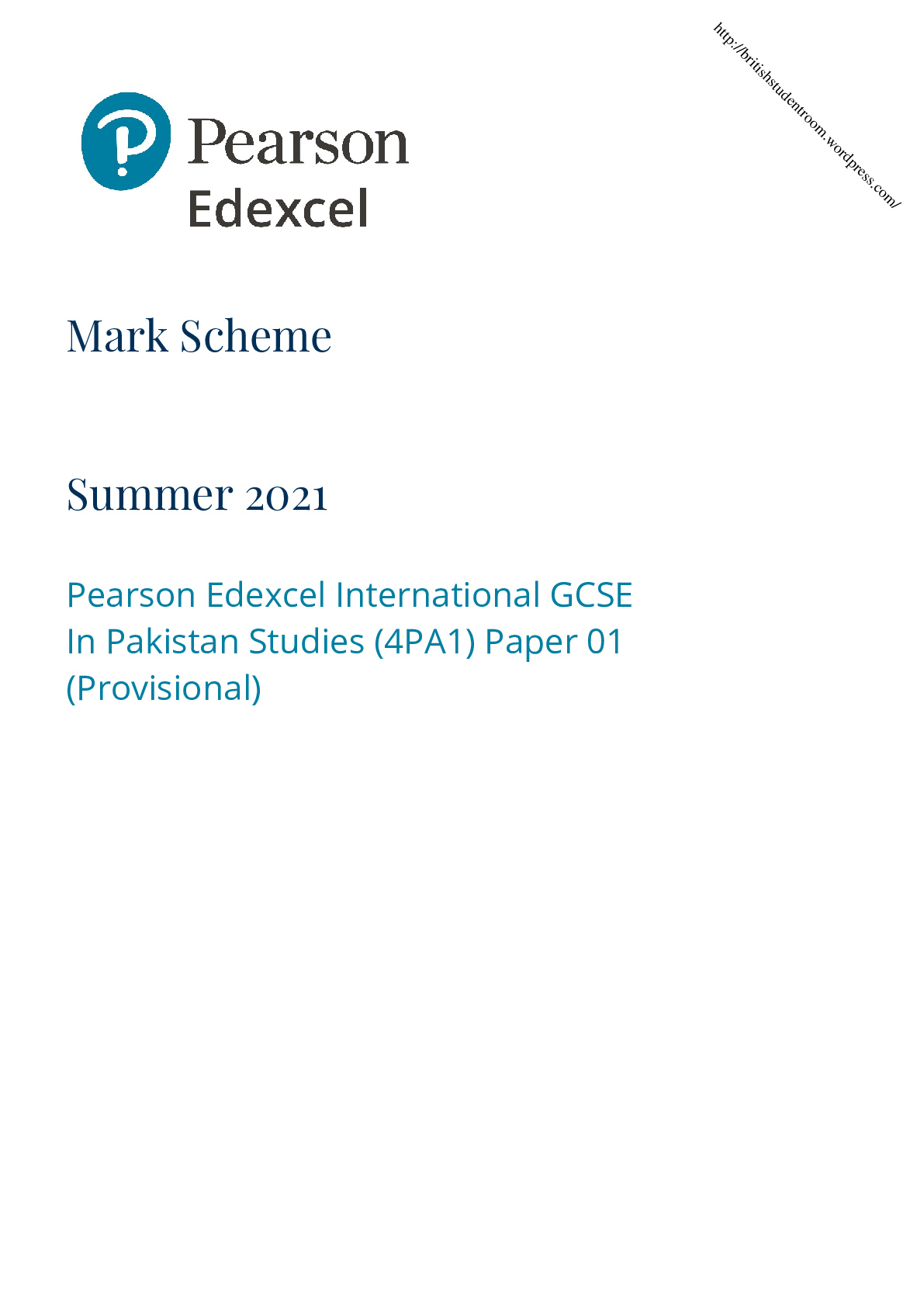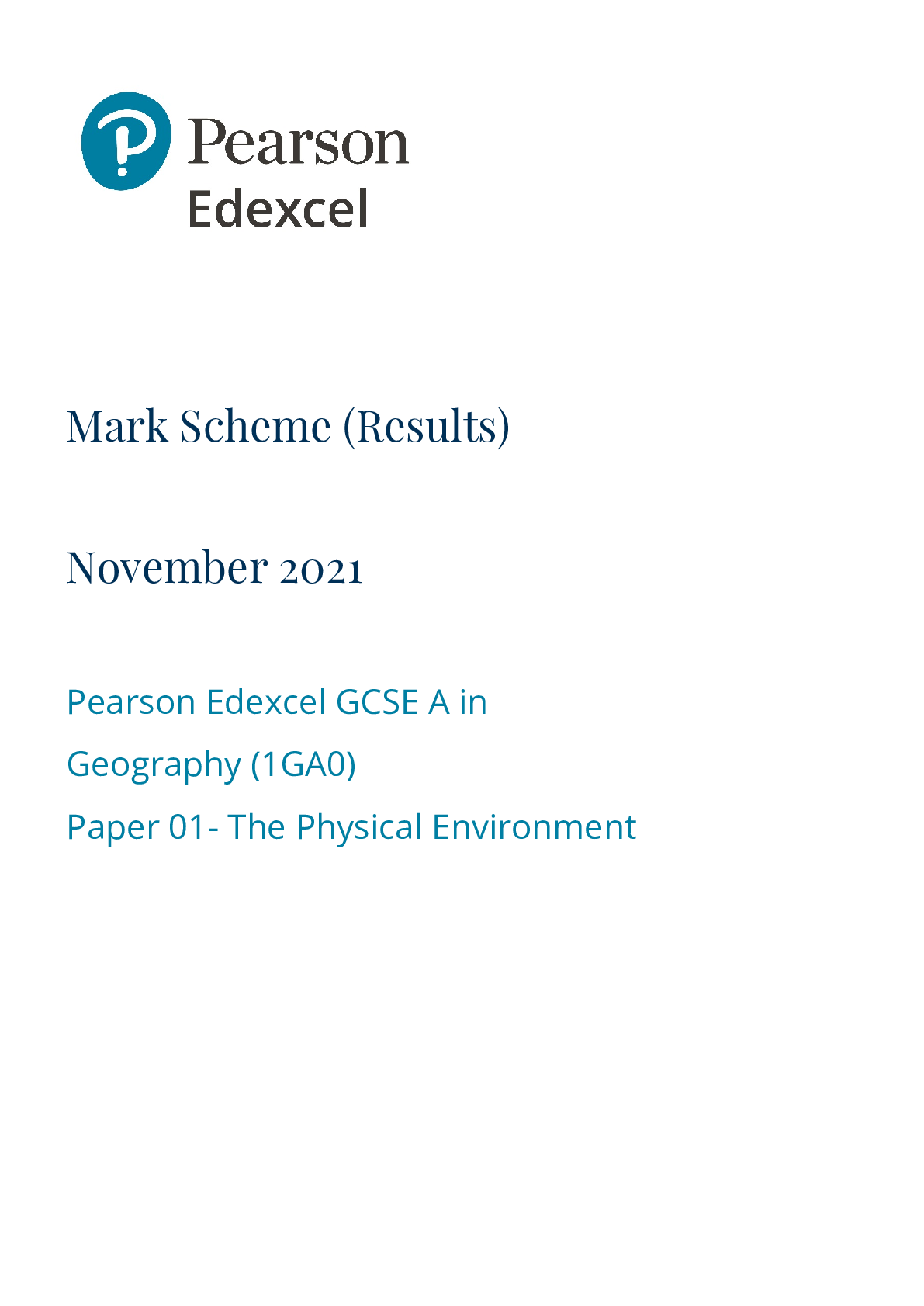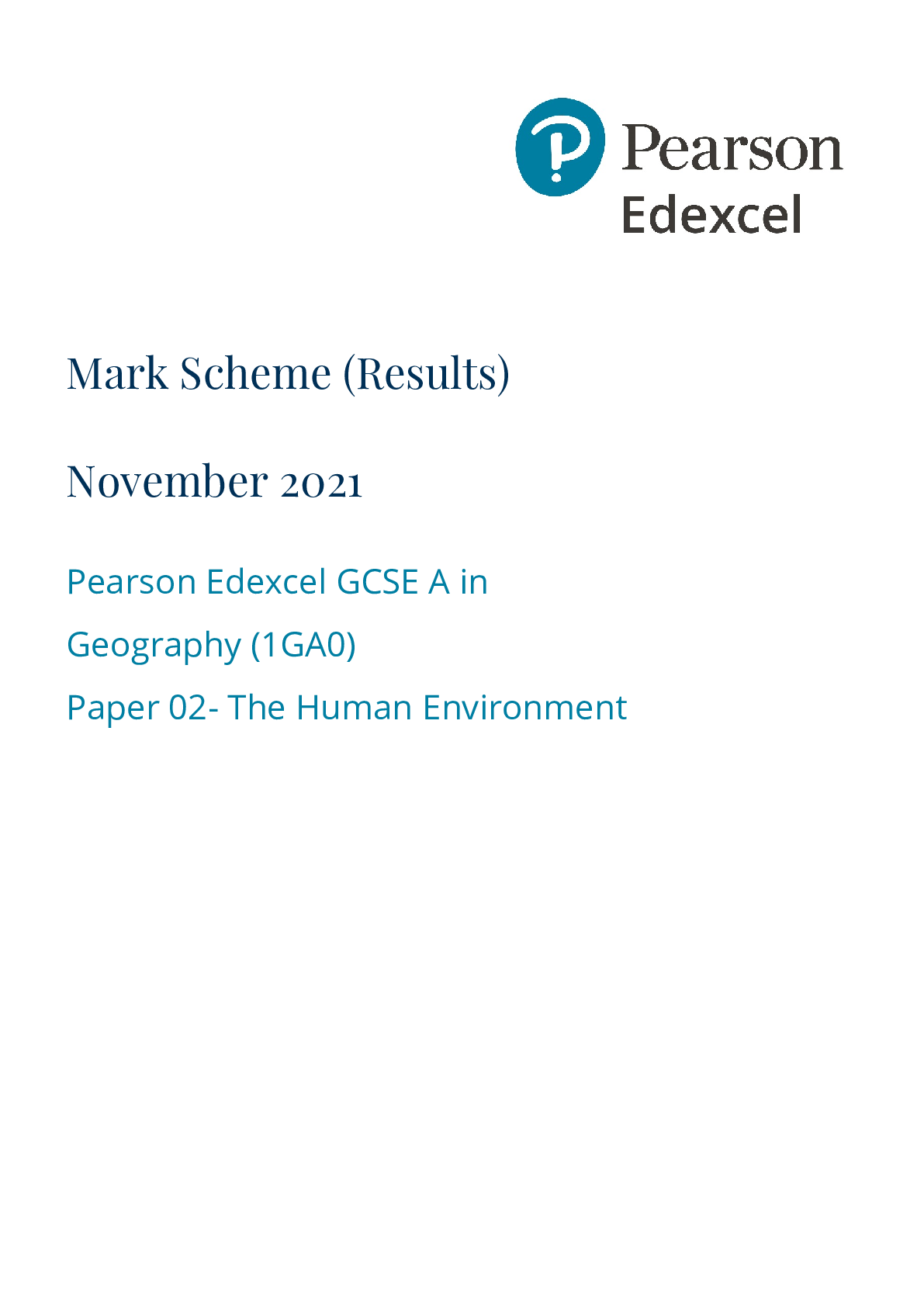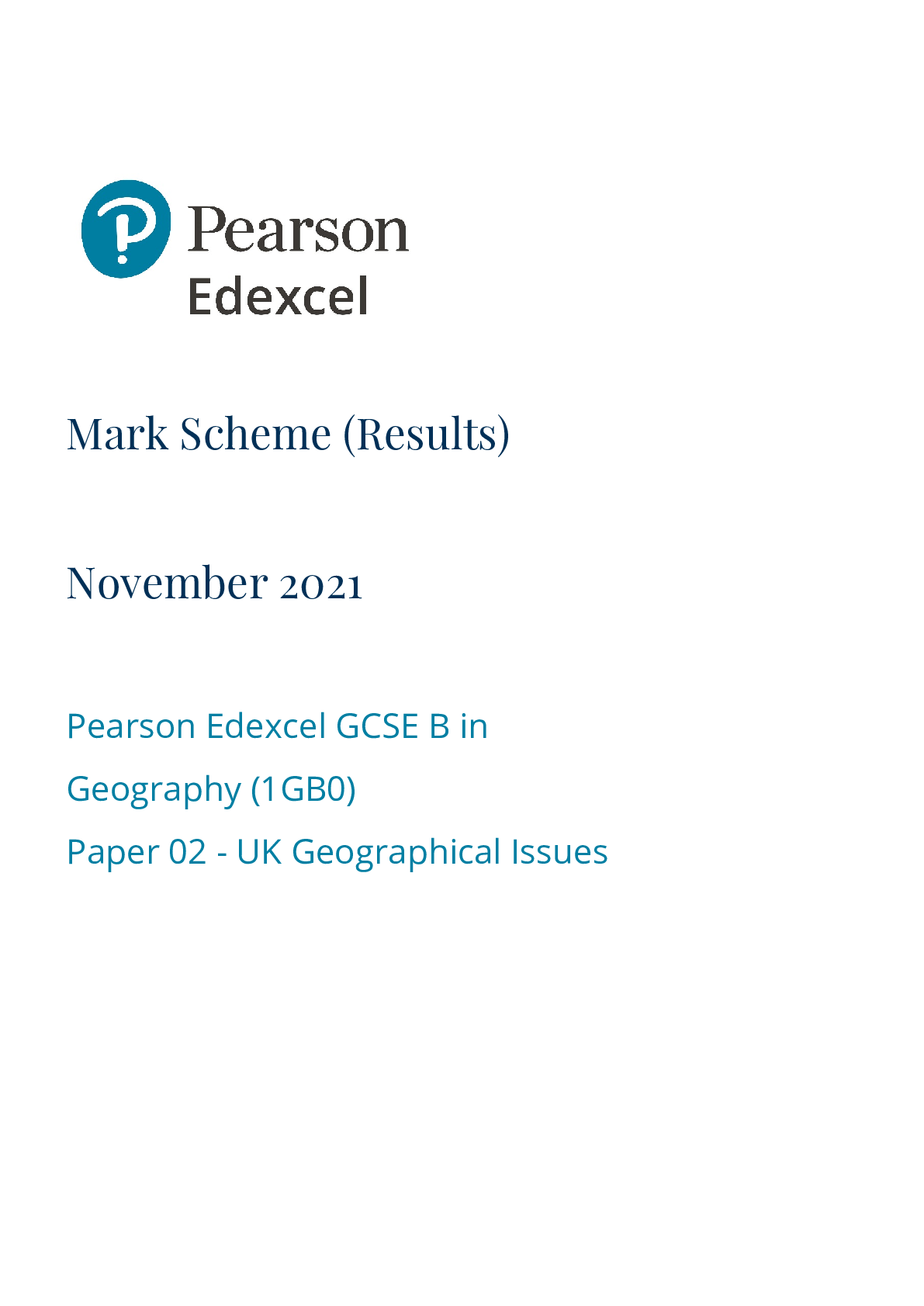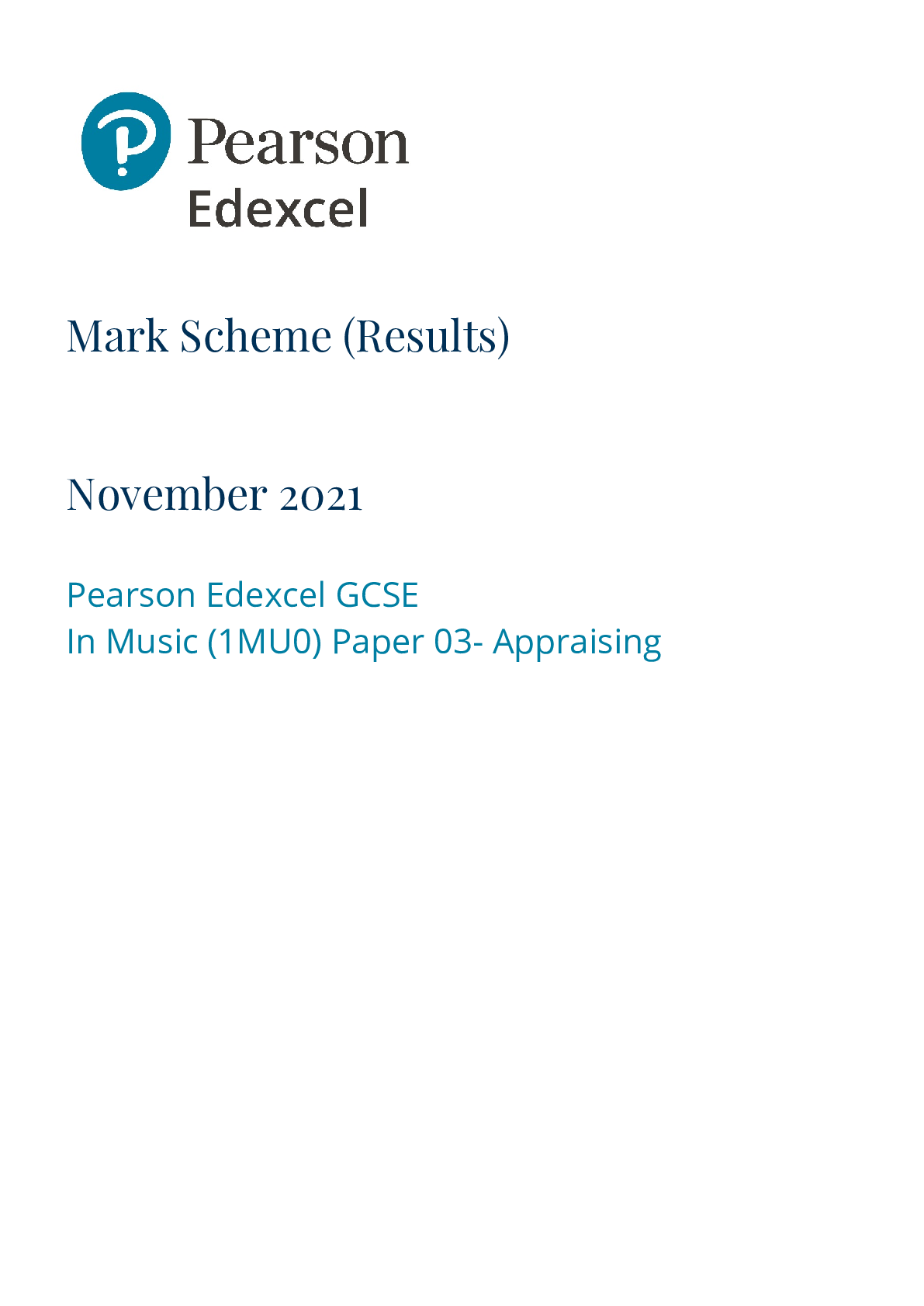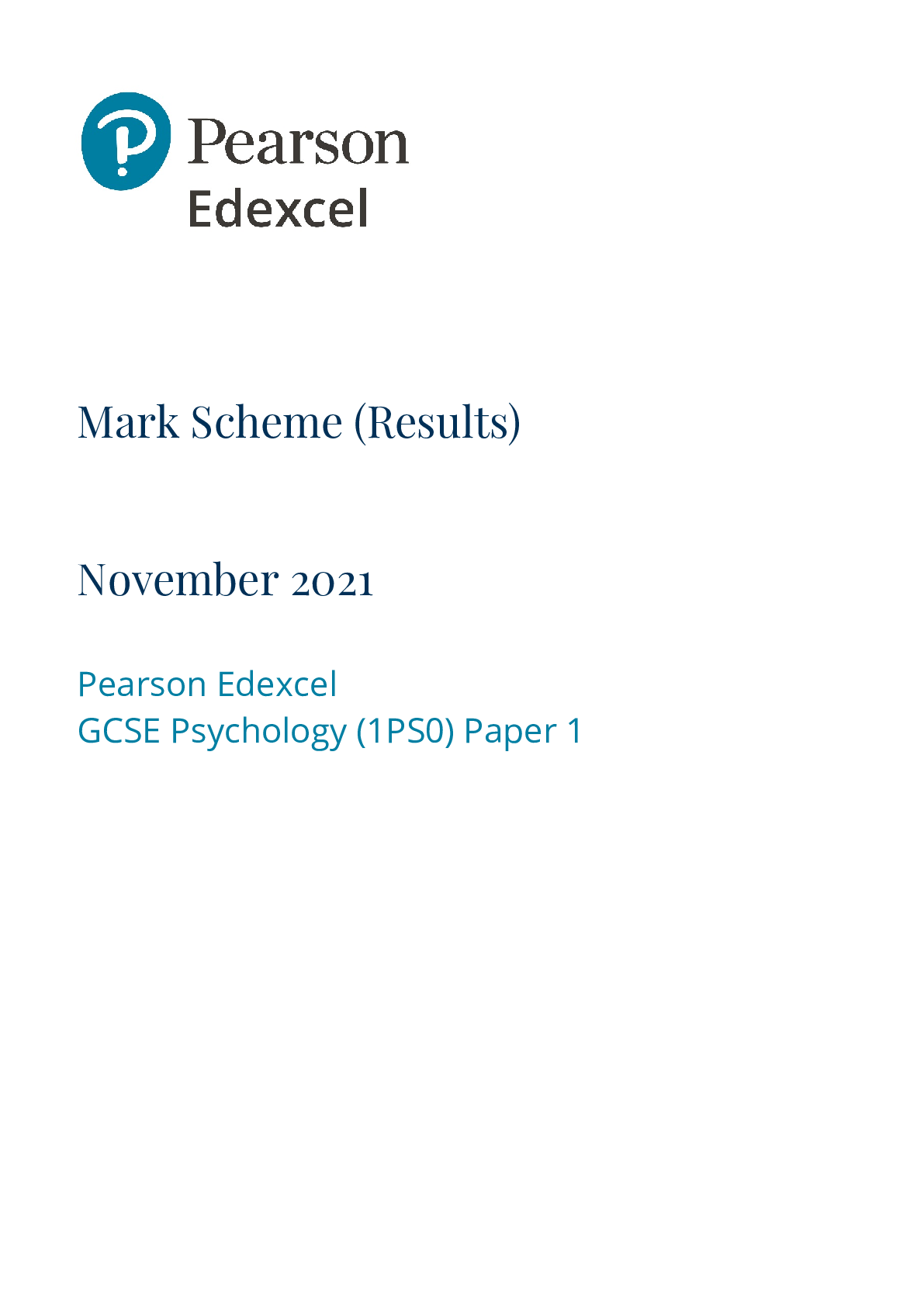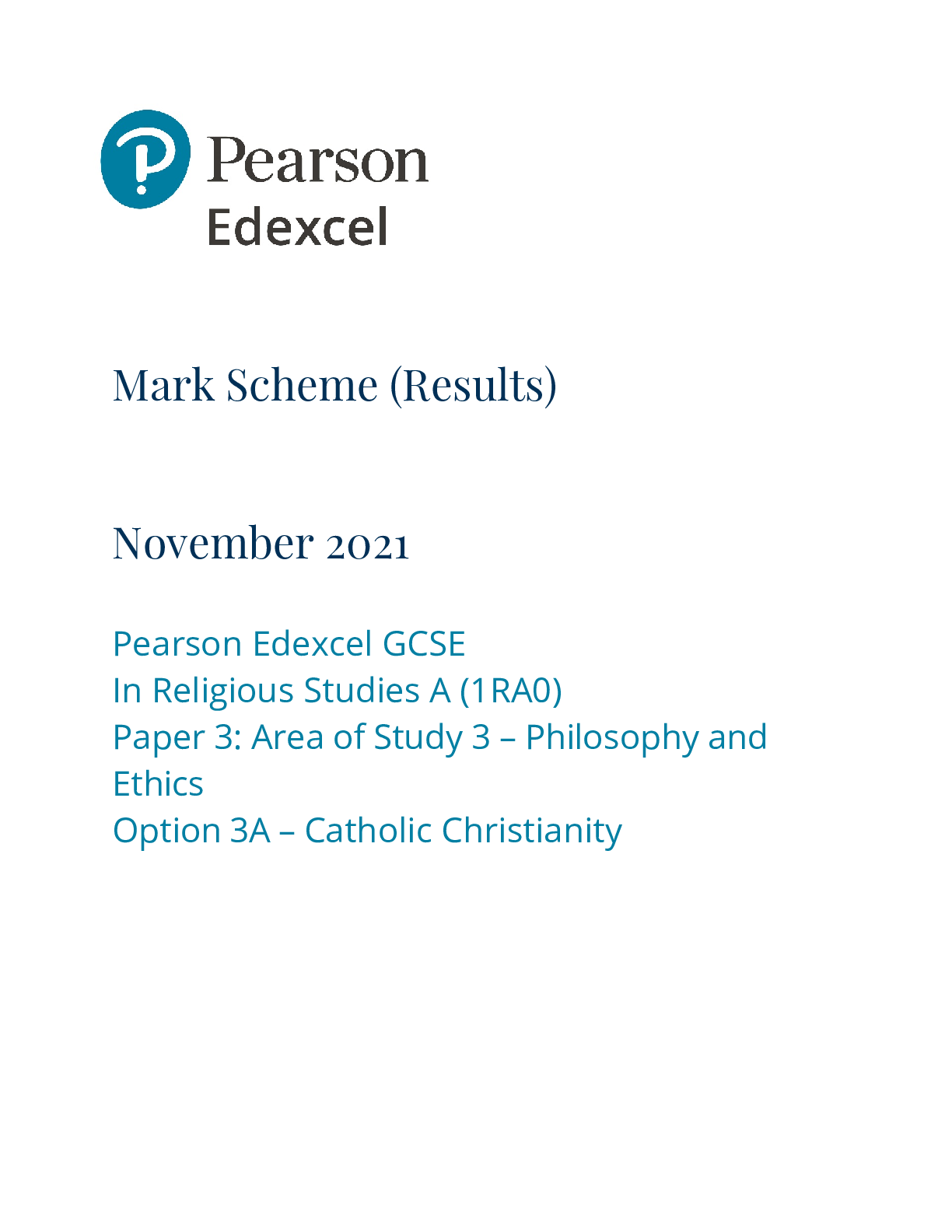English > GCSE MARK SCHEME > Pearson Edexcel International GCSE In English Language (4EA1) Paper 2: Poetry and Prose Texts and Im (All)
Pearson Edexcel International GCSE In English Language (4EA1) Paper 2: Poetry and Prose Texts and Imaginative Writing Mark Scheme (Results) January 2022 Mark Scheme (Provisional) Summer 2021
Document Content and Description Below
Question Number Indicative content 1 Examiners should be alert to a variety of responses and should reward points that are clearly based on evidence from the text. Evidence of a degree of personal... response must be given. It is not sufficient to summarise or paraphrase, nor is it sufficient simply to list literary devices. The writer’s descriptive skills: • the sisters are described as having a large age gap. The older sister, the narrator, appears to be a mature and experienced adult, whereas the ‘little sister’ is twelve years old. The narrator, or older sister and possibly the poet, describes how her younger sister likes to emulate her and wear her shoes, despite their being too big for her. The shoes can be seen partly as a metaphor for life and experience • the younger sister is described as wanting to grow up too soon • the little sister’s legs are described with the metaphor ‘spindle-thin’, emphasising how thin her legs actually are • the ‘little sister’ is described as being quite stubborn as she insists that the shoes ‘fit her perfectly’ • the game of hopscotch is described and how the ‘little sister’ is ‘competent’, even skilled, at the game with her ‘neat hops-and-skips’. When describing how well the younger sister plays the game, her feet are not mentioned but are implied by the metaphorical use of ‘their quick peck’, their quick accurate touches like a bird pecking corn • the narrator tries to warn her sibling of the dangers of growing up too soon and adopts an almost motherly tone. The narrator describes her own feet negatively: ‘distorted’, having ‘callouses’ and ‘odd patches of hard skin’. The image is undesirable and meant to dissuade her sister from trying to grow up too quickly. The writer’s choice of language: • the verb ‘strut’ suggests that the younger sister is very confident and showing off in the shoes • the verb ‘wobbles’ could reflect how inexperienced the sister is, emphasising her immaturity and innocence, despite her confidence. It could suggest that the sister is taking tentative or shaky steps into maturity • the personal pronoun ‘I’ gives the poem a personal and attached tone. The older sister likes to watch her younger sibling playing childhood games • the alliterative and monosyllabic phrase ‘quick peck’ emphasises the brief amount of time the younger sister’s feet touch the ground • the phrase ‘over-stepping the line’ could be viewed as an idiomatic metaphor suggesting that she has gone far in other aspects of her life. In the game, the player would be disqualified or lose if the foot lands in the wrong square • ‘peever’ is a Scottish colloquial term and is used to provide an alternative name for hopscotch • the use of sibilance could reflect the speaker’s upset and wistful thoughts: ‘I wish she should stay / sure footed, / sensible shod’. The writer’s use of form and structure: • the poem is written in free verse and is in three stanzas. The first stanza describes how the younger sister enjoys wearing her older sister’s shoes; the second describes how the younger sister enjoys childhood games, which expresses her innocence, and the final stanza uses the idea of the shoes to present the older sister’s concerns about her younger sibling growing up too quickly or not sensibly http://britishstudentroom.wordpress.com/6 • the poem is possibly autobiographical and may be about Liz Lochhead’s younger sister • the lack of a regular rhyme scheme and rhythm could suggest how life is also imperfect and irregular • contrasts are used to convey the younger sister’s perceptions of being mature and the realities of life. The sister’s lack of experience as she ‘wobbles’ in high heels is contrasted with her competence ‘at peever’ • the use of enjambement creates a stream of consciousness where the older sister expresses her concerns • there is a tone of love and protectiveness for the younger sister. She wants her younger sister to learn from her experiences • there is also a tone of regret as the speaker suggests that she does not want her sister to experience the same hardships in life: ‘I should not like to see her / in my shoes’ • the final line is indented to emphasise the importance of remaining sensible and of choosing the right path in life. These examples are suggestions only. Accept any valid responses. Level Mark AO2 Analyse the language, form and structure used by a writer to create meanings and effects. (20 marks) 0 No rewardable material. Level 1 1-4 • The response is simple and the identification of language, form and structure used by the writer is minimal. • Limited use of relevant examples to support the response. Level 2 5-8 • The response is largely descriptive, with some comment on the language, form and structure used by the writer. • Some use of relevant examples to support the response. Level 3 9-12 • The response shows an understanding of the range of language, form and structure used by the writer and links these to their effect on the reader. • Use of clearly relevant examples to support the response. Level 4 13-16 • The response is focused and detailed, and the analysis of the language, form and structure used by the writer and their effect on the reader is sustained. • Use of fully relevant examples to support the response. Level 5 17-20 • The response is a cohesive evaluation of the interrelationship of the language, form and structure used by the writer and their effect on the reader. • Discriminating use of relevant examples to support the response. http://britishstudentroom.wordpress.com/7 Section B – Modern Prose Question Number Indicative content 2 To Kill a Mockingbird Examiners should be alert to a variety of responses and should reward points that are clearly based on evidence from the text. This is not an exhaustive list but the following points may be made: (AO1) • social inequality is evident throughout the novel and is illustrated through the social hierarchy and the contrasts between people of status, such as the Finch family, Mr Underwood and Link Deas, and the ‘white trash’ such as the Ewells and the black community. Social inequality is shown through misunderstanding and prejudice, for example, Miss Caroline’s failure to appreciate Walter Cunningham’s pride and the blinkered attitude of the white community towards Tom Robinson’s trial • the greatest social inequality is the split between white and black people, which is central to the key events. Tom Robinson is found guilty because he is black, even though he could not possibly have raped or assaulted Mayella Ewell because of his disability. The Ewells are reviled and, if their word were to be used against anyone else, it would not be believed • the Ewells are regarded as ‘white trash’ and despised by the people of Maycomb because they represent the poorest in white society. Bob Ewell is unemployed and spends his money on alcohol. He does not look after his family and his children are out of control. Bob demonstrates his vile personality at Tom’s trial when he uses crude expressions and obscene language • country farmers, like the Cunninghams, are portrayed as uneducated or ignorant but are considered better than the Ewells. In the social hierarchy, the Cunninghams come below other townspeople • the black community in Maycomb is subjected to social inequality and comes below the Ewells in the social hierarchy. The black community is often shown as having superior moral qualities and understanding and their houses are clean, warm and well cared for, as opposed to the squalor of the Ewells’ house and yard • Aunt Alexandra is obsess [Show More]
Last updated: 2 years ago
Preview 1 out of 27 pages

Buy this document to get the full access instantly
Instant Download Access after purchase
Buy NowInstant download
We Accept:

Reviews( 0 )
$8.00
Can't find what you want? Try our AI powered Search
Document information
Connected school, study & course
About the document
Uploaded On
Jun 26, 2022
Number of pages
27
Written in
Additional information
This document has been written for:
Uploaded
Jun 26, 2022
Downloads
0
Views
165

